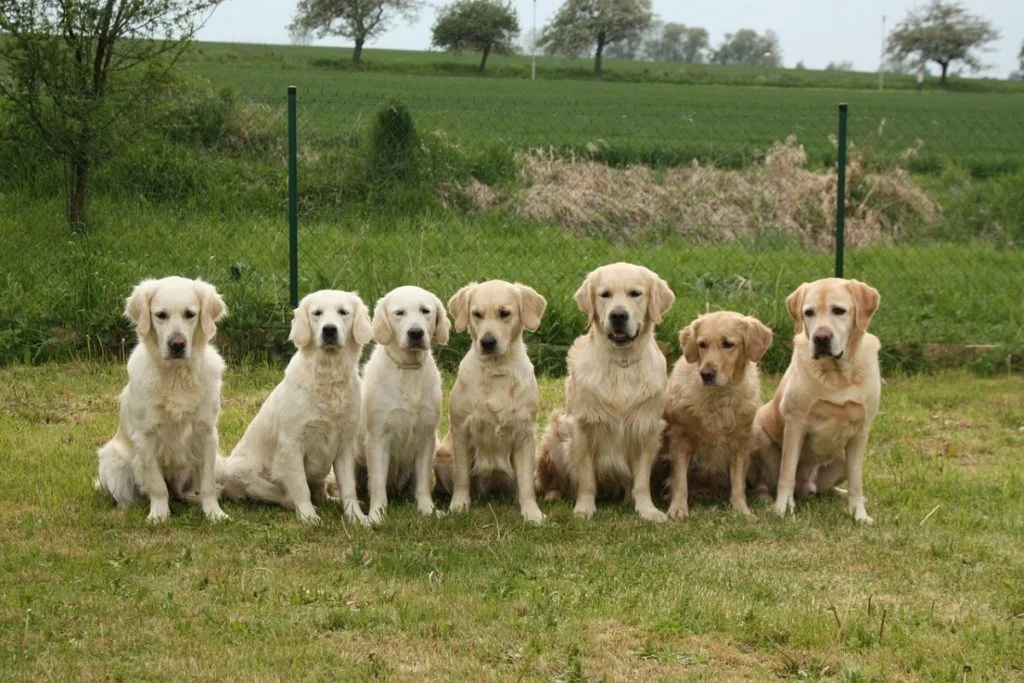Stray dogs are unfortunately a very common feature of cities and communities all around the world.
According to the World Health Organization, there are over 200 million of these homeless canines around the world, and the problem is only getting worse.
Despite these alarming statistics, one country has become the world’s first to ensure that every pooch has a home – the Netherlands.

How stray dogs became a dutch problem
Holland has been dealing with more stray dogs than almost any other country for nearly 200 years now. In the 1800s, dog ownership was a symbol of status, and so just about every single home has at least one dog, if not more.
When rabies broke out in the country in the 1900s, though, thousands of people abandoned their dogs, leaving them to fend for themselves as strays out of fear of rabies.
This led to one to the most rapid increases in pet homelessness history.
So how did they do it?
A shift in attitude towards animal welfare
In 1864, the Netherlands established the first animal protection agency. Animal abuse was made a crime in 1886, and an organization in 1912 advocated for dogs used as draught animals.
Years later, in 1962, an animal protection act was established. And finally, in the late 1990s, an animal health and welfare law passed.
Now, the Netherlands even has its own political party in parliament that’s primarily focused on animal rights.

Animal welfare programmes
Holland has implemented an animal welfare program which meant taxes on store-bought dogs were raised, prompting people to adopt rescues.
They also implemented a key programme called CNVR – collect, neuter, vaccinate and return.
This means free-roaming dogs and dogs who do have owners are collected, sterilised, vaccinated labelled and taken back to where they had come from.

Finally – campaigning
Dutch officials campaigned tirelessly to promote pet adoption rather than pet shopping.
This puts a squeeze on dog breeders in holland by lessening store bought purchases.
This gave the citizens of the Netherlands an inclusive feeling of fighting against pet homelessness with the government, rather than against it.
Currently, over 90% of the Dutch population have happy and healthy dogs living with them.












